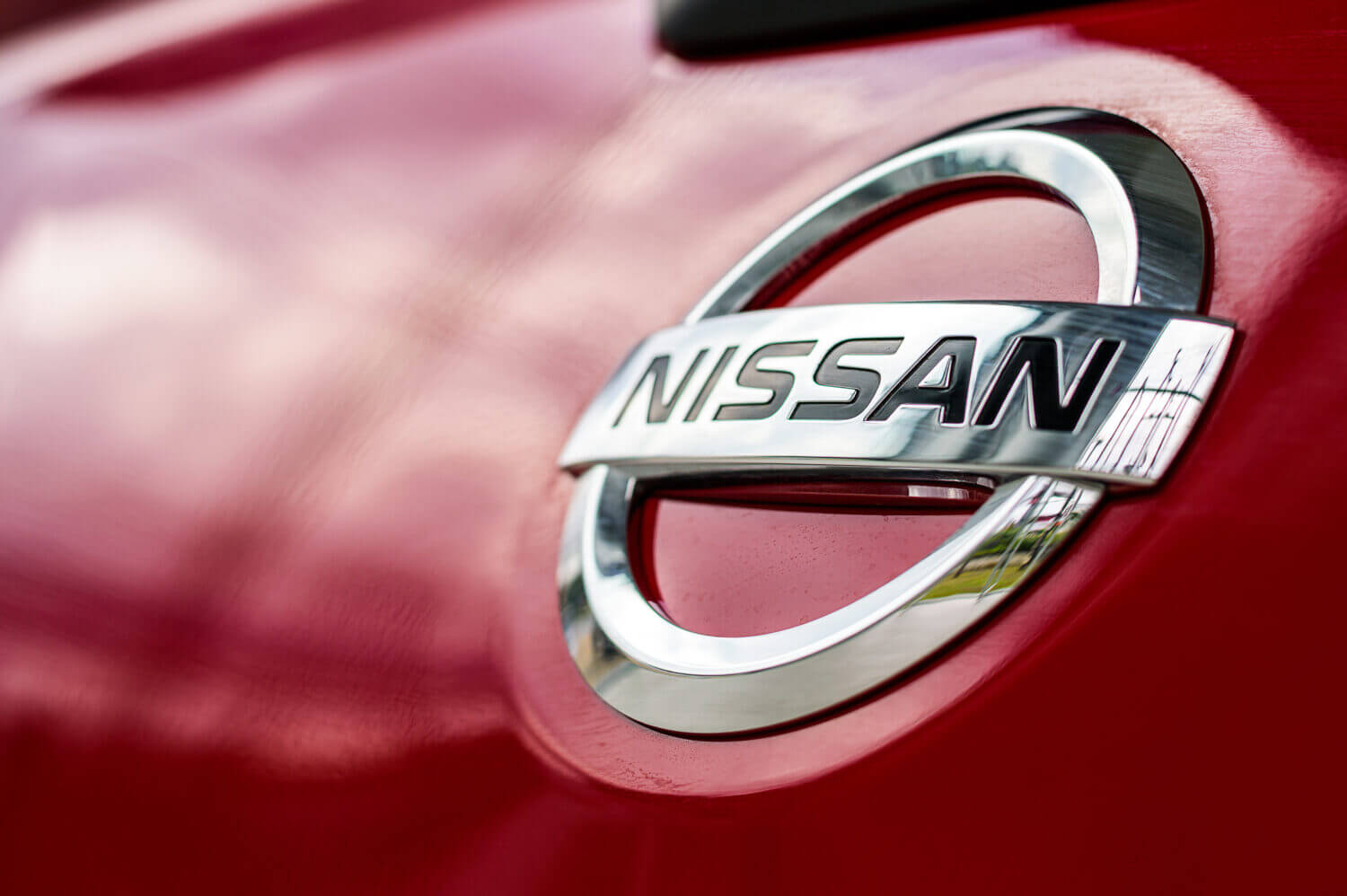How to sell a used car—and when you shouldn’t bother
Being "upside-down" in a loan means you should keep that car for a while longer.
Advertisement
Being "upside-down" in a loan means you should keep that car for a while longer.

Share this article Share on Facebook Share on Twitter Share on Linkedin Share on Reddit Share on Email